Plantfit
Log in / Register
Existing customer?
New customer?
Create an account to track your orders, access our customer service and, if you wish, make the most of our upcoming offers.
My Account
Hello
Shipping country and language
Your country of residence may be:
For a better user experience on our website, you can select:
Your shipping country:
Andorra
Austria
Belgium
Bulgaria
Croatia
Czechia
Denmark
Estonia
Finland
France
Germany
Greece
Hungary
Iceland
Ireland
Italy
Latvia
Lithuania
Luxembourg
Monaco
Netherlands
Poland
Portugal
Romania
Slovakia
Slovenia
Spain
Sweden
Switzerland
Language:
French
English
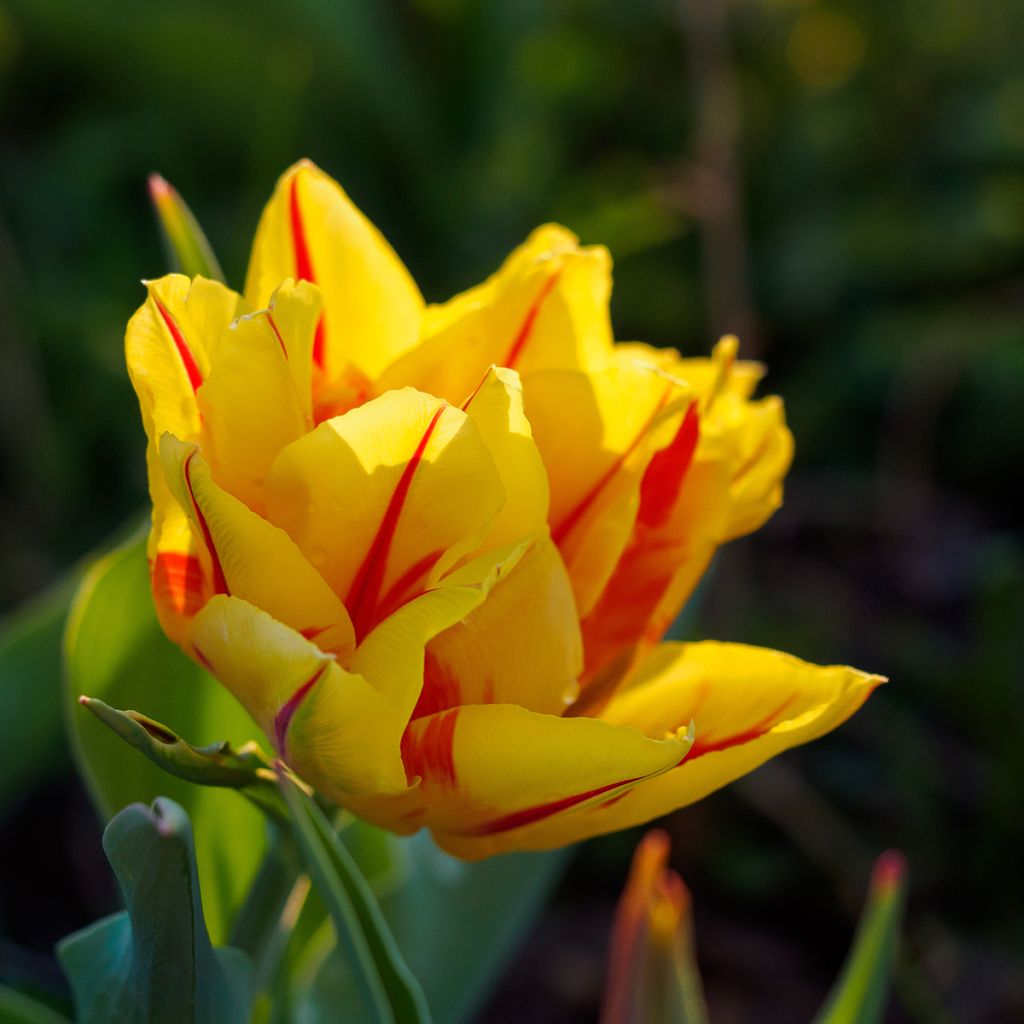

Tulipa Monsella- Double Early Tulip


Tulipa Monsella- Double Early Tulip
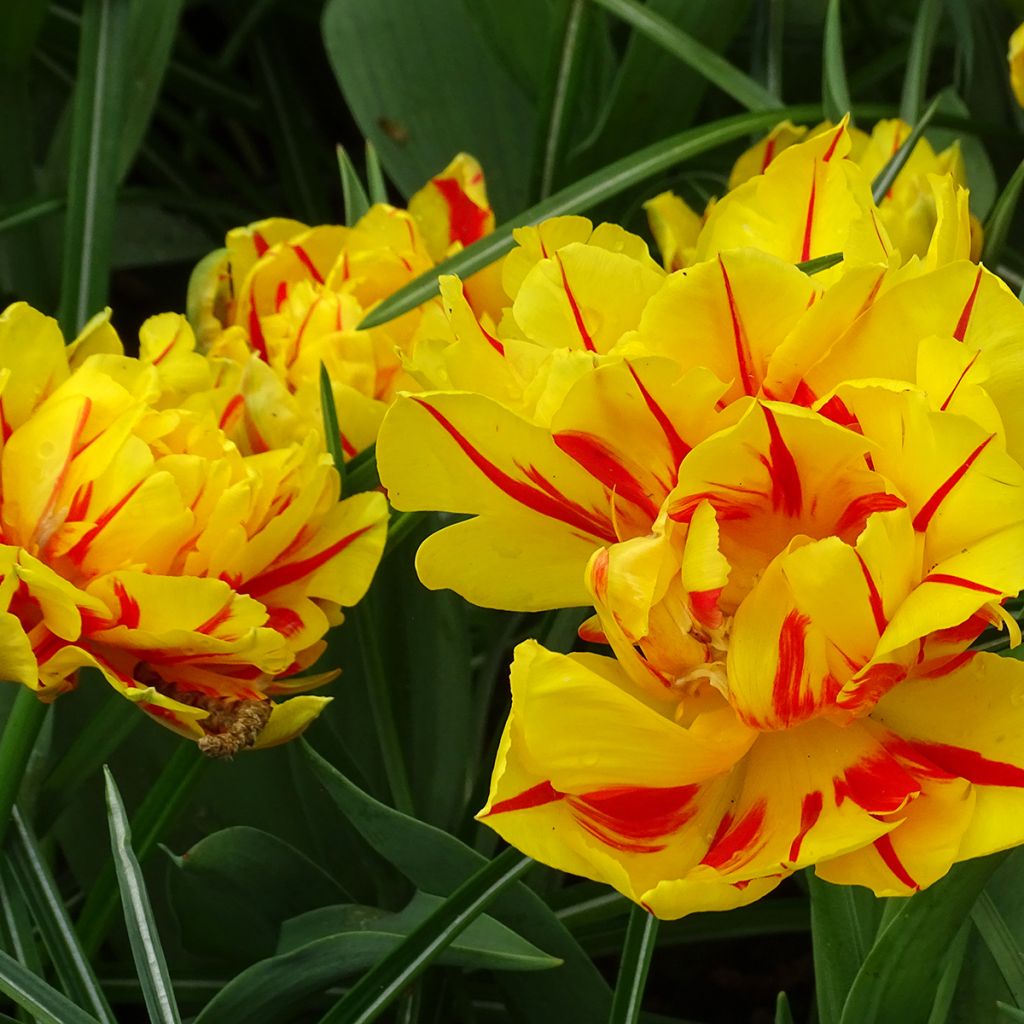

Tulipa Monsella- Double Early Tulip


Tulipa Monsella- Double Early Tulip


Tulipa Monsella- Double Early Tulip
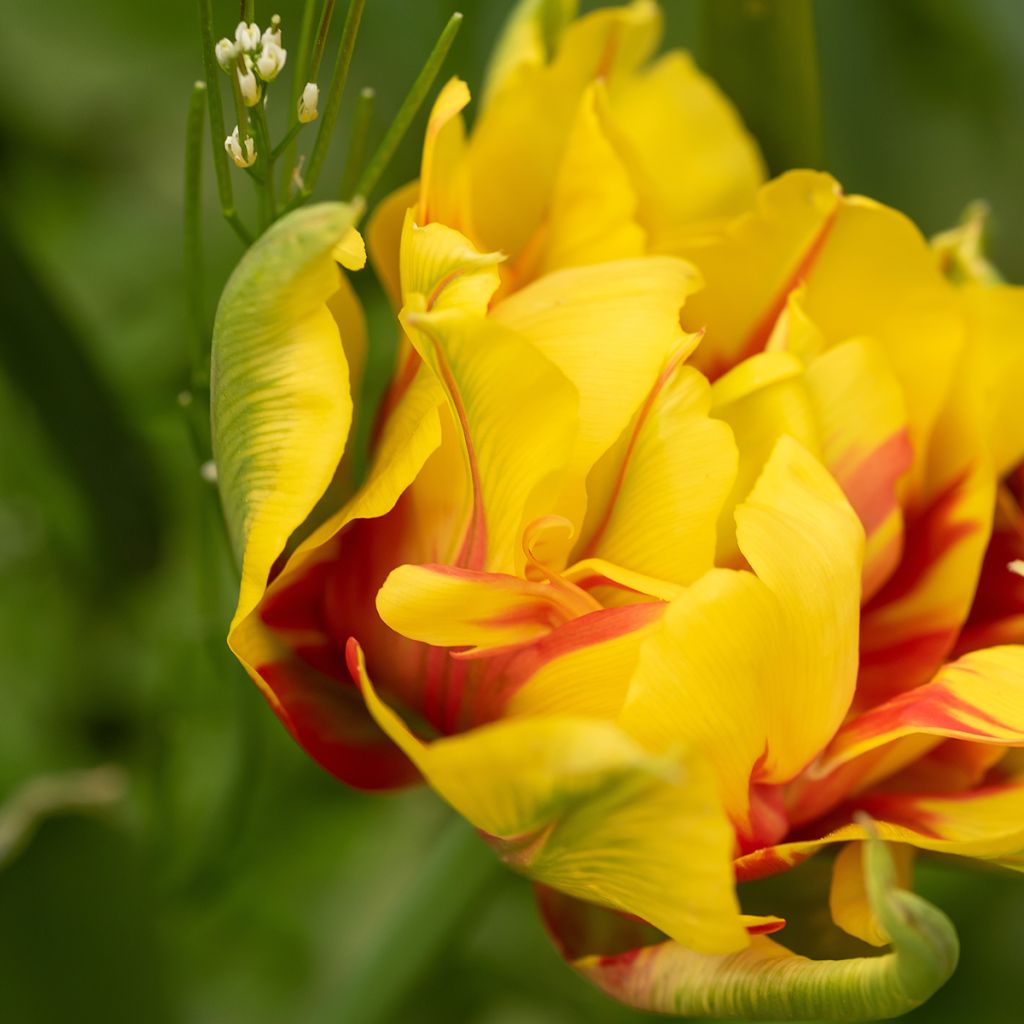

Tulipa Monsella- Double Early Tulip


Tulipa Monsella- Double Early Tulip
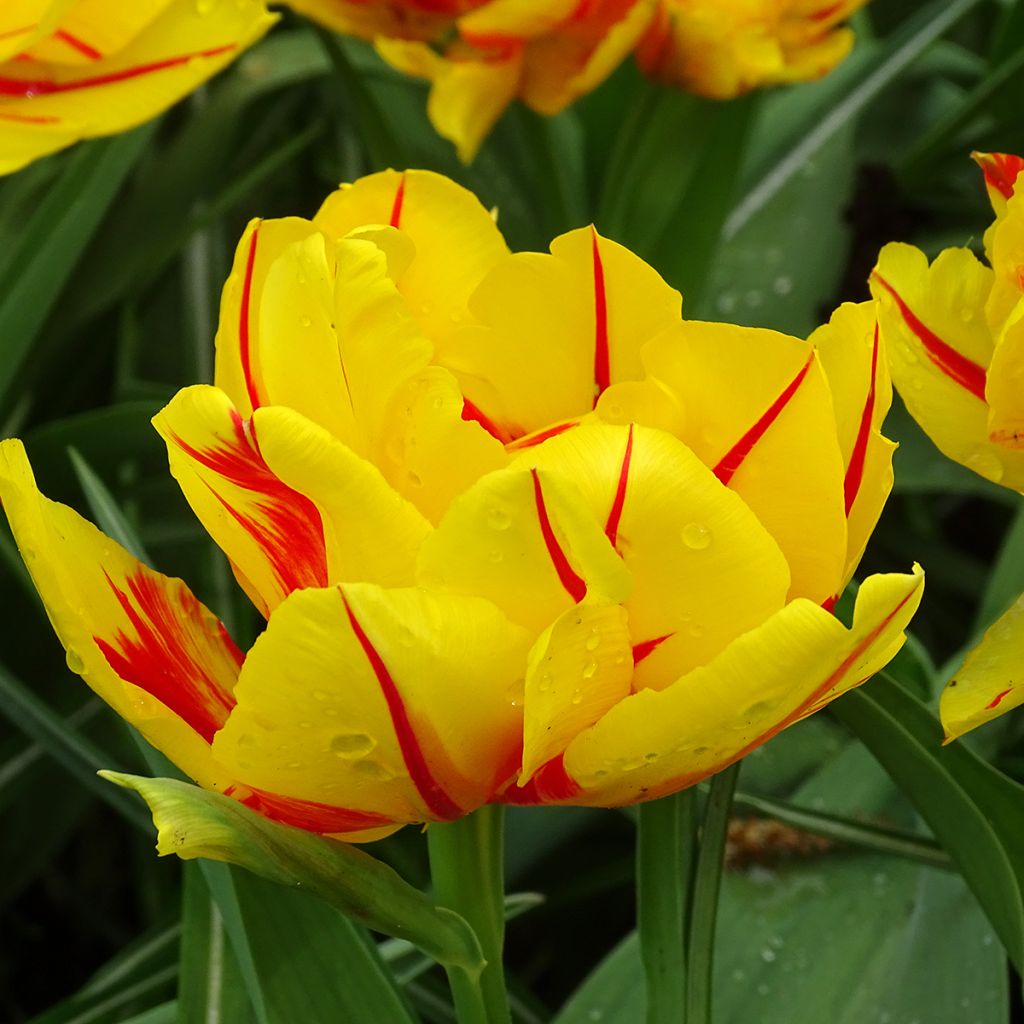

Tulipa Monsella- Double Early Tulip


Tulipa Monsella- Double Early Tulip
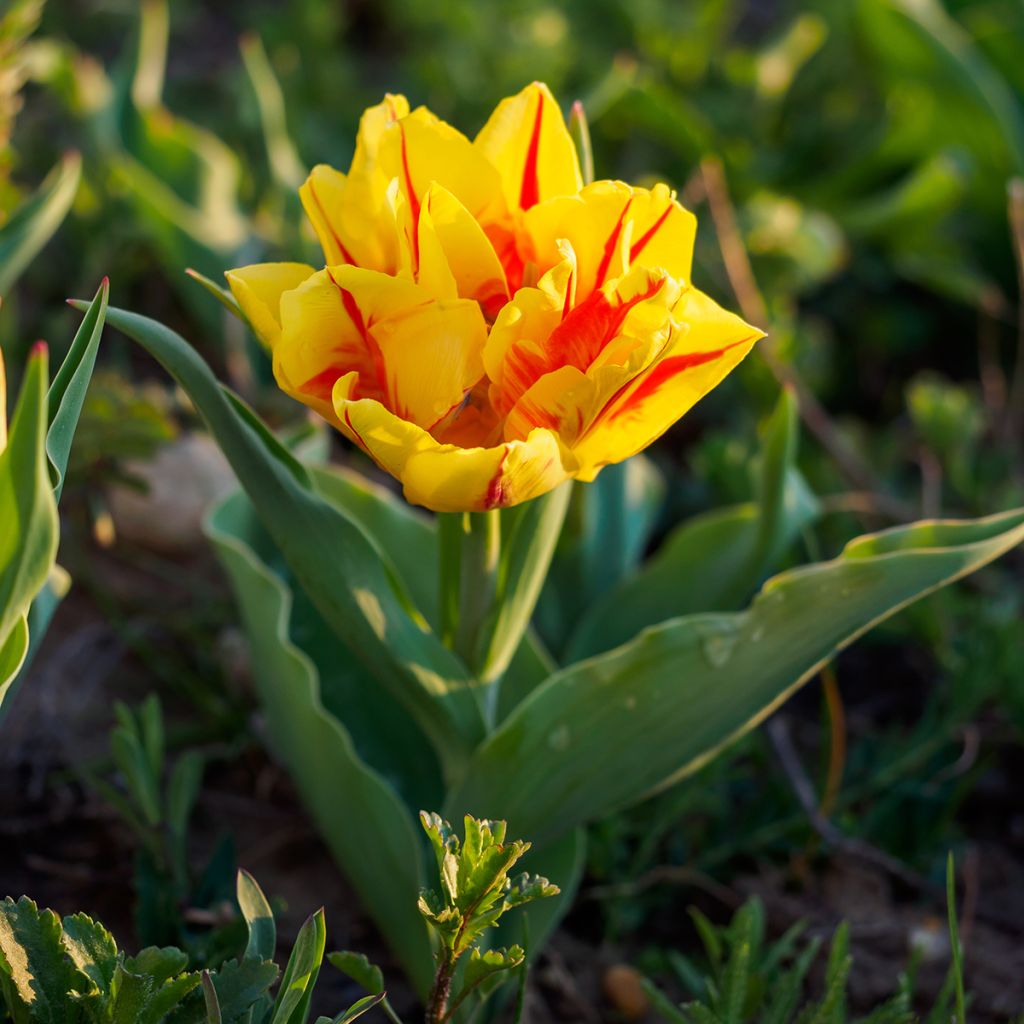

Tulipa Monsella- Double Early Tulip
Tulipa Monsella- Double Early Tulip
Tulipa Monsella
Tulip
Order in the next for dispatch today!
Dispatch by letter from 3,90 €.
Delivery charge from 5,90 € Oversize package delivery charge from 6,90 €.
More information
This item is not available in your country.
Shipping country:
 Andorra
Andorra Austria
Austria Belgium
Belgium Bulgaria
Bulgaria Croatia
Croatia Czechia
Czechia Denmark
Denmark Estonia
Estonia Finland
Finland France
France Germany
Germany Greece
Greece Hungary
Hungary Iceland
Iceland Ireland
Ireland Italy
Italy Latvia
Latvia Lithuania
Lithuania Luxembourg
Luxembourg Monaco
Monaco Netherlands
Netherlands Poland
Poland Portugal
Portugal Romania
Romania Slovakia
Slovakia Slovenia
Slovenia Spain
Spain Sweden
Sweden Switzerland
SwitzerlandSelect delivery date,
and select date in basket
This plant carries a 6 months recovery warranty
More information
We guarantee the quality of our plants for a full growing cycle, and will replace at our expense any plant that fails to recover under normal climatic and planting conditions.
From 5,90 € for pickup delivery and 6,90 € for home delivery
Non-EU destinations: delivery charges according to weight of consignment. .
Express home delivery from 8,90 €.
Would this plant suit my garden?
Set up your Plantfit profile →
Description
The 'Monsella' Early Double Tulip awakens spring with its large, very double flower in stunning colors! With a dominant canary yellow, the petals are adorned with bright red flames, creating a particularly attractive and resplendent contrast. The slightly glaucous green foliage creates an ideal uniform background to showcase the vibrant flowers when this variety is planted in mass. Of medium height, it can be grown both in the ground in the garden and in a pot or container on a terrace. Its subtle fragrance also allows it to be used indoors to create beautiful bouquets.
The 'Monsella' Tulip belongs to the botanical family of Liliaceae, which was once rich in genera that have been reclassified into other families. Today, there are just over 400 species distributed among a dozen genera, the most well-known outside the large group of tulips being the lily and the fritillary. Wild tulips are found from Western Europe (including France: for example, the tulip of Agen) to China and Japan, passing through Eastern Europe, Asia Minor, and Central Asia. Their distribution area also includes North Africa and the Indian subcontinent.
Nevertheless, much more frequently found in parks and gardens are horticultural varieties such as 'Monsella', representative of the group of Early Double Tulips. The main characteristic of this category is that they all flower at the same height, which is appreciated by enthusiasts of well-regulated flower beds. The 'Monsella' variety is remarkable for its early flowers, which appear from the end of March and bloom in April. Very large, they reach 12 cm (5in) and even up to 15 cm (6in) in diameter when fully open. Unlike single tulips, which have only 6 tepals (sepals and petals with almost the same morphology), they are very double, with the corollas formed by numerous tepals. Their appearance can even evoke certain peonies, as the flowers are full. More than their size, it is their combination of colours that attracts all attention in the garden. Their bright yellow is adorned with equally vibrant red flames, spreading joy at a time when the days are still short and sometimes quite grey.
These bright bicolored flowers stand out particularly well against the glaucous green foliage, composed of large lanceolate leaves, 10 to 25 cm (4 to 10in) long, which turn yellow and then dry out a few weeks after flowering, when the bulb enters its dormant phase.
Suitable for most well-drained soils, in sunny or even semi-shaded locations, this bulbous plant can also be grown in pots to embellish a terrace or in the ground at the edge of a flower bed.
This unique Monsella tulip will appeal to enthusiasts of strong contrasts. To further emphasise this, it can be paired with the Muscari azureum, a small perennial bulbous plant with intense blue flower clusters. A few white blooms, such as those of the Curlew Narcissus, scattered here and there, will make it easier to coexist with these vibrant colours. Also, consider planting flowers with staggered blooming periods to enjoy flowers for several consecutive months. A few clumps of peonies will take over from your bulbs in May and June, while shrubby cinquefoils (Potentilla fruticosa) will delight you with their flowers during the summer. Whether single or double, they offer many other colours than the classic gold yellow: white, pink, shades of orange from salmon to mandarin, red, and more.
Tulipa Monsella- Double Early Tulip in pictures
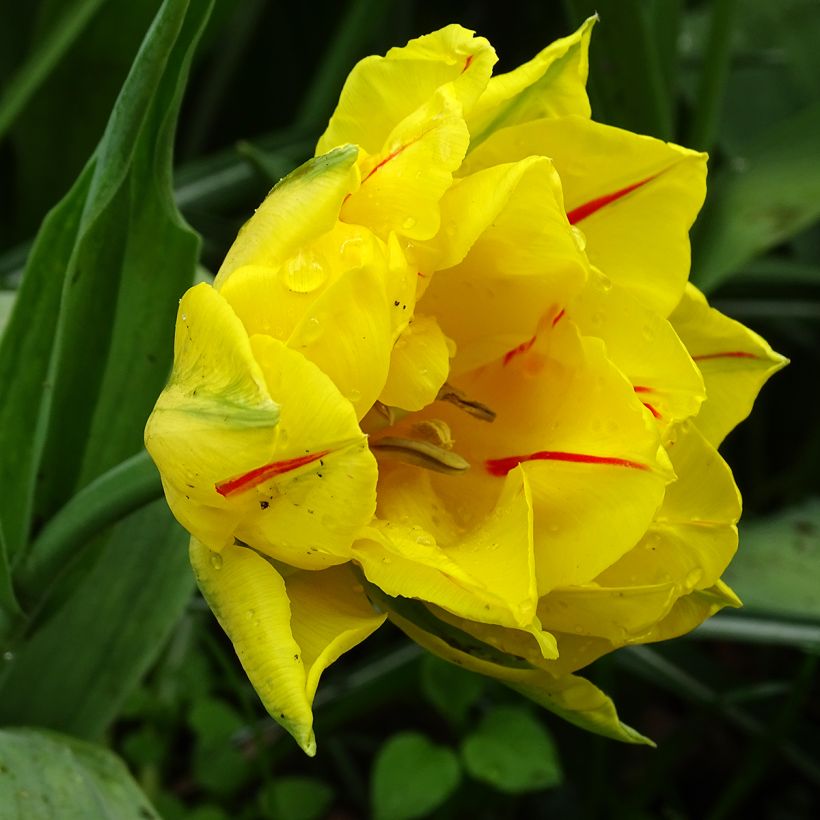



Plant habit
Flowering
Foliage
Safety measures
Botanical data
Tulipa
Monsella
Liliaceae
Tulip
Cultivar or hybrid
ingestion
Cette plante est toxique si elle est ingérée volontairement ou involontairement.
Ne la plantez pas là où de jeunes enfants peuvent évoluer, et lavez-vous les mains après l'avoir manipulée.
Pensez à conserver l'étiquette de la plante, à la photographier ou à noter son nom, afin de faciliter le travail des professionnels de santé.
Davantage d'informations sur https://plantes-risque.info
Planting and care
Plant the 'Monsella' tulip bulbs in autumn, from September to December, at a depth of 15 cm (6in), spacing them 10 cm (4in) apart. The planting should be done in ordinary soil, slightly acidic, neutral, or slightly alkaline, loose, well-worked, and well-drained. Never add undecomposed manure or compost to the planting soil, as this could cause the bulbs to rot. The tulip will grow well in moist to dry soil in summer. Place it in a good exposure, sunny or partially shaded. Once flowering is over, it is preferable to remove the fruits to avoid exhausting the plant.
Planting period
Intended location
Care
This item has not been reviewed yet - be the first to leave a review about it.
Haven't found what you were looking for?
Hardiness is the lowest winter temperature a plant can endure without suffering serious damage or even dying. However, hardiness is affected by location (a sheltered area, such as a patio), protection (winter cover) and soil type (hardiness is improved by well-drained soil).

Photo Sharing Terms & Conditions
In order to encourage gardeners to interact and share their experiences, Promesse de fleurs offers various media enabling content to be uploaded onto its Site - in particular via the ‘Photo sharing’ module.
The User agrees to refrain from:
- Posting any content that is illegal, prejudicial, insulting, racist, inciteful to hatred, revisionist, contrary to public decency, that infringes on privacy or on the privacy rights of third parties, in particular the publicity rights of persons and goods, intellectual property rights, or the right to privacy.
- Submitting content on behalf of a third party;
- Impersonate the identity of a third party and/or publish any personal information about a third party;
In general, the User undertakes to refrain from any unethical behaviour.
All Content (in particular text, comments, files, images, photos, videos, creative works, etc.), which may be subject to property or intellectual property rights, image or other private rights, shall remain the property of the User, subject to the limited rights granted by the terms of the licence granted by Promesse de fleurs as stated below. Users are at liberty to publish or not to publish such Content on the Site, notably via the ‘Photo Sharing’ facility, and accept that this Content shall be made public and freely accessible, notably on the Internet.
Users further acknowledge, undertake to have ,and guarantee that they hold all necessary rights and permissions to publish such material on the Site, in particular with regard to the legislation in force pertaining to any privacy, property, intellectual property, image, or contractual rights, or rights of any other nature. By publishing such Content on the Site, Users acknowledge accepting full liability as publishers of the Content within the meaning of the law, and grant Promesse de fleurs, free of charge, an inclusive, worldwide licence for the said Content for the entire duration of its publication, including all reproduction, representation, up/downloading, displaying, performing, transmission, and storage rights.
Users also grant permission for their name to be linked to the Content and accept that this link may not always be made available.
By engaging in posting material, Users consent to their Content becoming automatically accessible on the Internet, in particular on other sites and/or blogs and/or web pages of the Promesse de fleurs site, including in particular social pages and the Promesse de fleurs catalogue.
Users may secure the removal of entrusted content free of charge by issuing a simple request via our contact form.
The flowering period indicated on our website applies to countries and regions located in USDA zone 8 (France, the United Kingdom, Ireland, the Netherlands, etc.)
It will vary according to where you live:
- In zones 9 to 10 (Italy, Spain, Greece, etc.), flowering will occur about 2 to 4 weeks earlier.
- In zones 6 to 7 (Germany, Poland, Slovenia, and lower mountainous regions), flowering will be delayed by 2 to 3 weeks.
- In zone 5 (Central Europe, Scandinavia), blooming will be delayed by 3 to 5 weeks.
In temperate climates, pruning of spring-flowering shrubs (forsythia, spireas, etc.) should be done just after flowering.
Pruning of summer-flowering shrubs (Indian Lilac, Perovskia, etc.) can be done in winter or spring.
In cold regions as well as with frost-sensitive plants, avoid pruning too early when severe frosts may still occur.
The planting period indicated on our website applies to countries and regions located in USDA zone 8 (France, United Kingdom, Ireland, Netherlands).
It will vary according to where you live:
- In Mediterranean zones (Marseille, Madrid, Milan, etc.), autumn and winter are the best planting periods.
- In continental zones (Strasbourg, Munich, Vienna, etc.), delay planting by 2 to 3 weeks in spring and bring it forward by 2 to 4 weeks in autumn.
- In mountainous regions (the Alps, Pyrenees, Carpathians, etc.), it is best to plant in late spring (May-June) or late summer (August-September).
The harvesting period indicated on our website applies to countries and regions in USDA zone 8 (France, England, Ireland, the Netherlands).
In colder areas (Scandinavia, Poland, Austria...) fruit and vegetable harvests are likely to be delayed by 3-4 weeks.
In warmer areas (Italy, Spain, Greece, etc.), harvesting will probably take place earlier, depending on weather conditions.
The sowing periods indicated on our website apply to countries and regions within USDA Zone 8 (France, UK, Ireland, Netherlands).
In colder areas (Scandinavia, Poland, Austria...), delay any outdoor sowing by 3-4 weeks, or sow under glass.
In warmer climes (Italy, Spain, Greece, etc.), bring outdoor sowing forward by a few weeks.